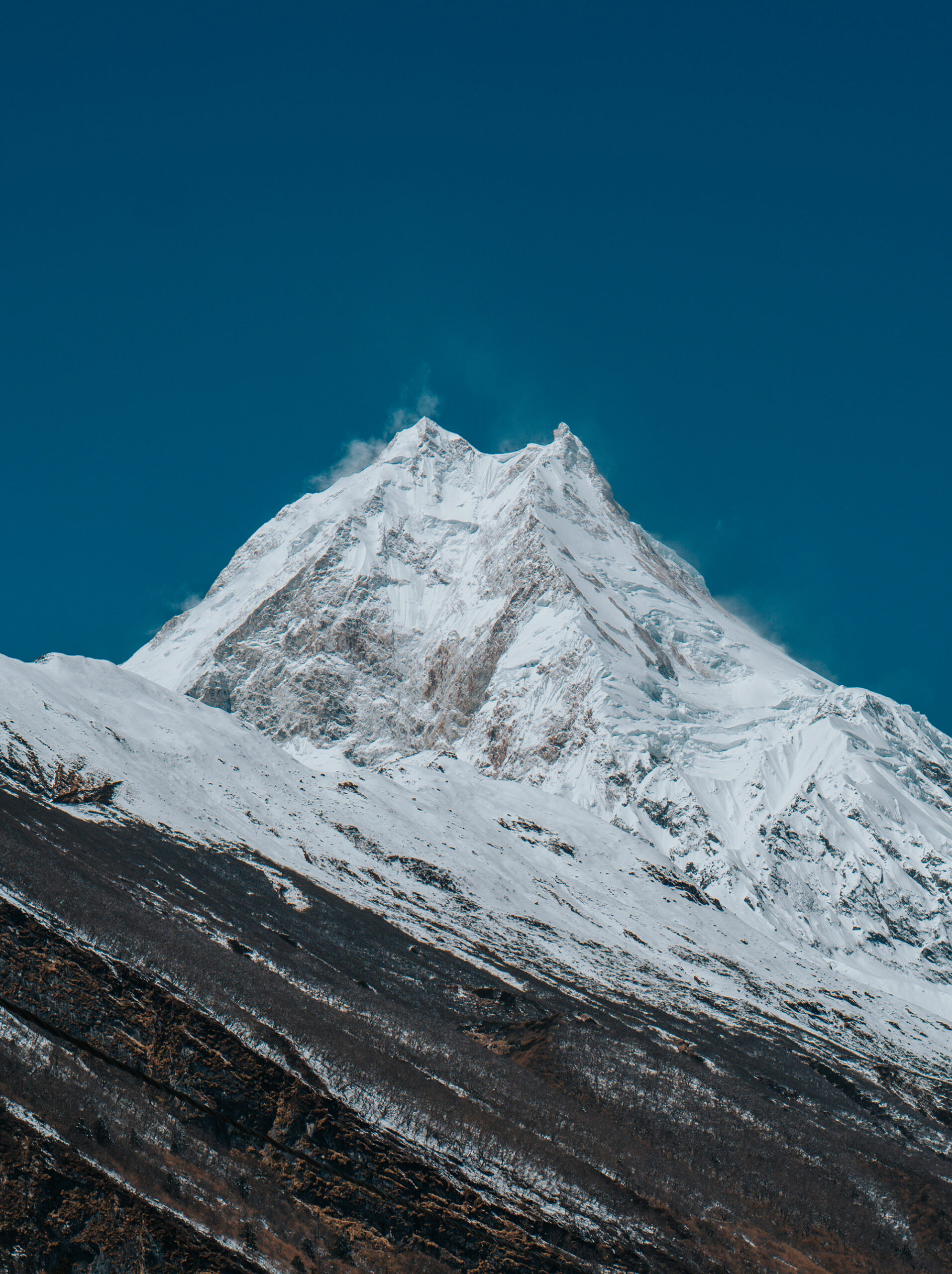The Manaslu Circuit Trek leads adventurers through the secluded regions of north-central Nepal, commencing from Arughat Bazaar in Gorkha. Initiating at an elevation of 700 meters above sea level, the journey unfolds to its zenith at Larke Pass, soaring to an impressive 5,260 meters.
Renowned as one of Nepal’s celebrated trekking routes, the Manaslu Circuit Trek is classified as a Restricted Trail, necessitating a Special Permit for exploration. This expedition unveils the pristine splendor of the heartland of Nepal, where the local inhabitants, with their distinctive dialects, attire, and lifestyle, seldom comprehend even the Nepali language.
Designed for communal exploration, the trek mandates a minimum of two participants, ruling out solo endeavors. Initially recognized for camping treks, the route has evolved to incorporate teahouse accommodations in each town, offering basic standard services. Communication facilities, including Wi-Fi and telephone networks, are available in most towns. Optimal trekking seasons are Spring and Autumn.
Highlights of the Manaslu Circuit Trek include traversing the Budhi Gandaki gorge, meandering through picturesque valleys, encountering Gurung villages, and immersing in the amalgamation of Gurung and Tibetan cultures. The challenging Larkey La Pass (5,106m) and the breathtaking panoramic mountain vistas add to the allure of this trek.
Embarking on the trail, one begins by strolling along the banks of the Budhi Gandaki river, gradually ascending through valleys and villages. The trek’s difficulty level is categorized as demanding, necessitating 6-7 hours of daily walking to reach the next campsite, with over 8 hours required for the challenging Larkey Pass day. Culminating at Besi Sahar after conquering Larkey La Pass, the journey unfolds amidst the unique environment of Manaslu’s trails, showcasing majestic Himalayan ranges, high-altitude glacial lakes, and captivating flora and fauna. The confluence of these diverse landscapes solidifies Manaslu’s reputation as a premier destination for remote trekking in Nepal.










